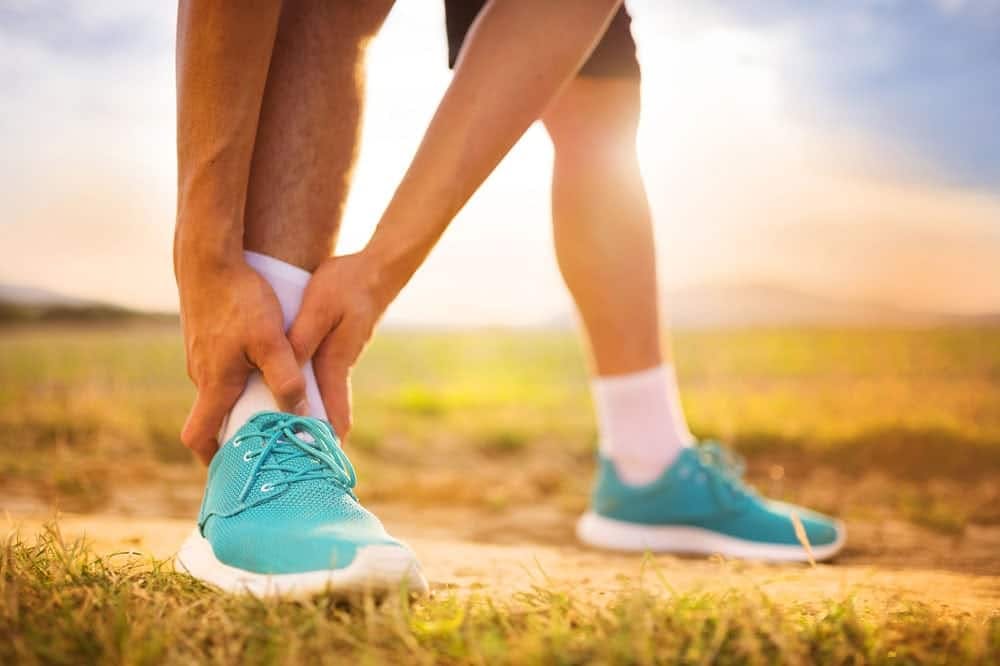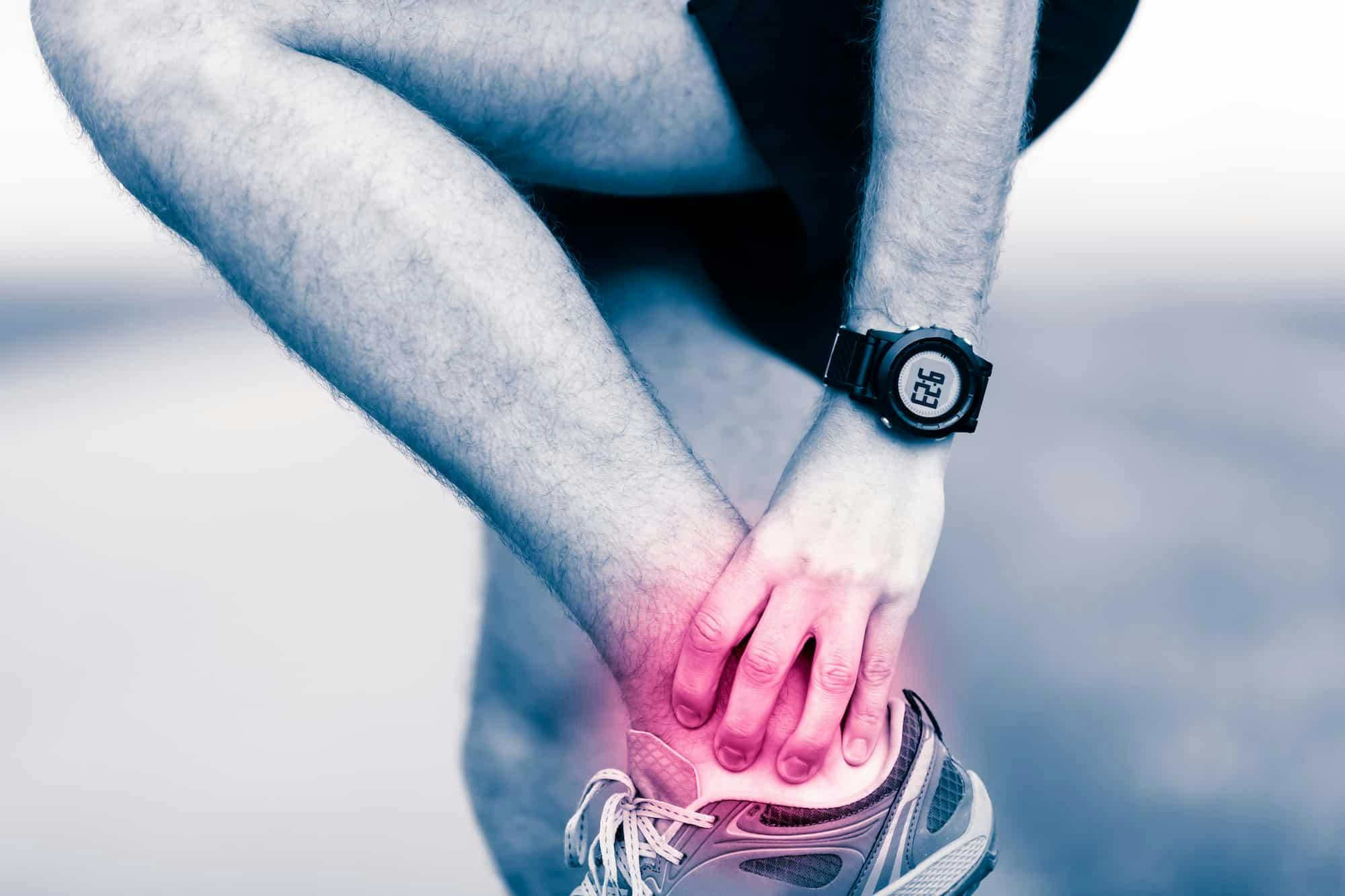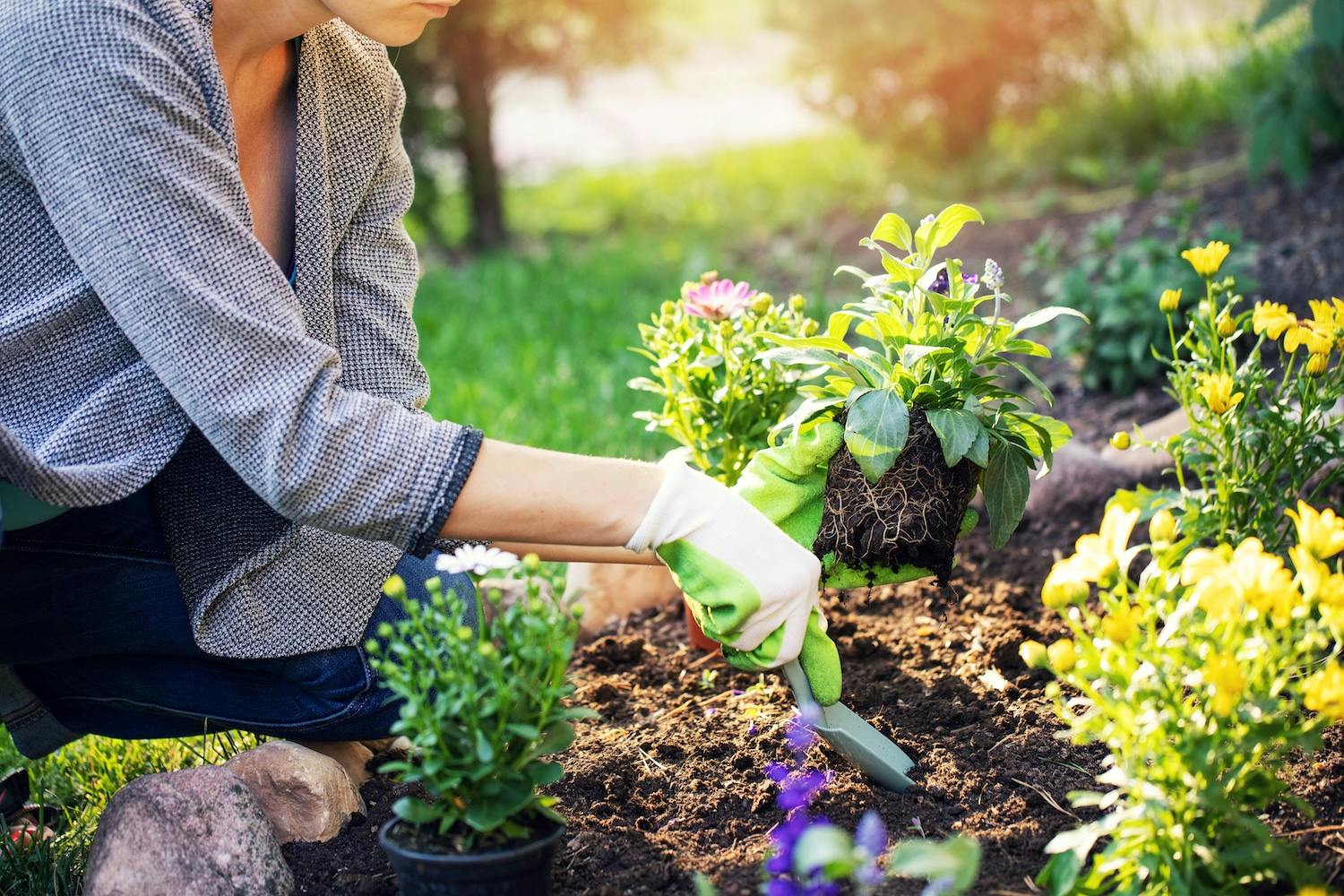- Blog
At Risk for Achilles Tendinitis
Posted on 12-16-2025 in Achilles Tendinitis by Dr. Erik Nilssen

Posted on 12-16-2025 in Achilles Tendinitis by Dr. Erik Nilssen
Achilles tendinitis happens when you get an inflamed Achilles tendon due to too much strain being put on it. Your Achilles tendon connects your heel bone to your calf muscles and is located at the back of your lower leg. It is large and can hold a lot of force, however, it still can get injured.
Risk Factors
Athletes who are conditioned poorly are more likely to develop Achilles tendinitis. Engaging in activities that involve repetitive jumping and sudden starts and stops increases your risk of getting this condition. If you change your activity level suddenly, wear inappropriate footwear, or train on poor surfaces, you also increase your risk. Other risk factors include age and gender (men are more at risk) as well as those who participate in athletics. Marathon runners, dancers and basketball players are also in a higher risk category. If you overtrain, you risk getting Achilles tendinitis. When you do too much at one time, you put too much strain on your Achilles tendon and don’t allow enough time for your tendon to recover properly. General degeneration and small tears result over time, which weakens the tendon resulting in pain and inflammation.
If you have been taking certain medications, such as quinolone antibiotics (Ciprofloxacin and Ofloxacin), you are also at risk. These both stop bacteria growth and treat bacterial infections. Medical conditions also increase the likelihood of developing Achilles tendinitis, including those who have been diagnosed with:
Treatment
Typically, changes in your lifestyle can improve your symptoms, however, if you don’t limit pain-causing activities or you don’t maintain flexibility and strength of your tendon, your symptoms can return.
Resting can give you time for your tissue to heal. How severe your symptoms are will determine what type of rest you need. If you have a mild case of this condition, you might just have to reduce your workout intensity. However, if you have a severe case, you will most likely need to rest for several days or weeks.
Applying ice to your Achilles tendon for 20 minutes a few times a day can help. If the area becomes numb, remove the ice. You can manage your symptoms with activities such as walking or stretching exercises. You might also have to change your footwear. You will most likely be put on Nonsteroidal anti-inflammatory drugs (NSAIDs) like ibuprofen or aspirin to ease the swelling and pain. In severe cases, surgery may be needed.
If you suspect that you have Achilles tendinitis, visit our Appointment page to schedule a visit today. After diagnosis, we will implement an individualized Achilles tendinitis treatment plan for your recovery.

With summer in full swing and children taking advantage of more time to participate in sports-related or other outdoor activities, it’s essential to be mindful of injury prevention while encouraging their interest in activities that don’t involve screen time!

May is National Arthritis Awareness Month, and of the more than 100 forms of this painful condition, many can affect the ankle. In fact, almost half of people in their 60s and 70s have arthritis of the foot and/or ankle, but not all of them have symptoms.

Springtime in North Florida is the perfect season for gardening, but hours spent planting, pruning, and digging can take a toll on your body. At North Florida Bone & Joint Specialists, we often see patients with gardening-related injuries affecting the hands, upper extremities, shoulders, and knees. Whether you're a weekend hobbyist or an avid green thumb, practicing proper ergonomics can help ensure you stay injury-free while you enjoy your time outdoors.